|
Wednesday, March 27, 2019
|
|

|
|
|
Monthly newsletter focusing on how light-based technologies are being used in the life sciences. Includes news, features and product developments in lasers, imaging, optics, spectroscopy, microscopy, lighting and more. Manage your Photonics Media membership at Photonics.com/subscribe.
|
|
|
|
sponsor
|

|
|
AO-OCT Comes into Focus
Adaptive optics technology is often used to correct for wavefront distortions imparted when light travels through complex optical systems, enhancing image resolution and facilitating diffraction-limited optics. It has played a particularly prominent role in ophthalmic imaging, where retinal tissue imaging is limited by inherent aberrations in the eye.
|
|
|
|
|
|
Dual Imaging Method Holds Promise as a Tool for Cancer Diagnostics
Since Bell Labs first described the photoacoustic effect — the conversion of light to sound — in the late 1800s, researchers have explored the principle for medical imaging purposes. Over the past decade, advancements in lasers, ultrasound transducers, and tomographic reconstruction techniques have prompted immense growth in photoacoustic imaging, a hybrid imaging technology that uses a short-pulse laser to excite tissue.
|
|
|
|
|
|
 Novel Multiphoton Imaging Techniques Reveal Brain’s Secrets
Novel Multiphoton Imaging Techniques Reveal Brain’s Secrets
Two-photon microscopy has surpassed confocal imaging for the study of intact, living tissue. In essence, two or more low-energy, long-wavelength photons generated off a Ti:sapphire or ytterbium fiber femtosecond laser are absorbed simultaneously by fluorophores expressed in a tissue of interest. The technique allows for wide imaging windows, deep specimen penetration, reduced photobleaching and photodamage, and pinpoint light focusing.
|
|
|
|
|
|
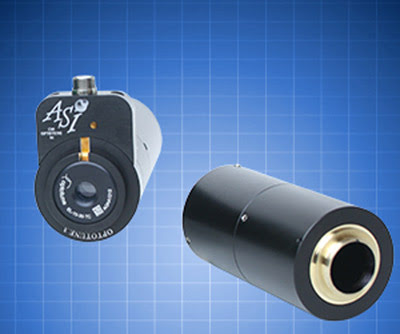 Electrically Tunable Lens (ETL)
Electrically Tunable Lens (ETL)
Applied Scientific Instrumentation Inc.
ASI’s ETL is a versatile element for a variety of microscopy applications. The ETL can adjust the focal plane of a stationary microscope objective, replacing a focus stage. Using a bare tunable lens introduces significant optical aberrations, but combining the tunable lens with a 4f relay lens system reduces the aberrations to an acceptable level for many applications.
Visit Website
Request Info
|
|
|
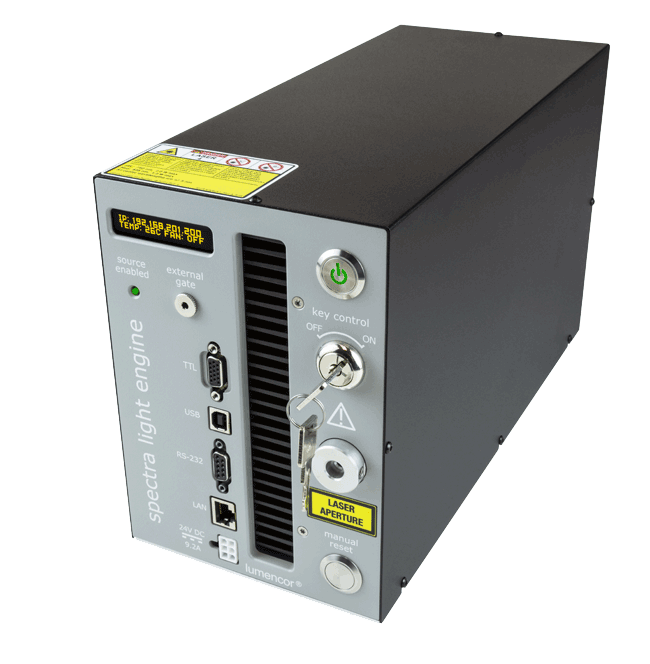 The Next Generation Comes to Light
The Next Generation Comes to Light
Lumencor Inc.
Lumencor’s new Spectra III Light Engine.
- Breadth: Eight spectrally optimized sources for DAPI, CFP, GFP, YFP, Cy3, mCherry, Cy5, Cy7 excitation
- Power: ~500mW / output, ~4W total
- Control: Exceptional power and wavelength stability
- Stability: Exceptional reproducibility
- Ideal for quantitation
- Ease of use: Small, cool, pre-aligned, Mercury-Free
- Applications: Fluorescence microscopy among others, OEM customization upon request
Visit Website
Request Info
|
|
|
|
|
|
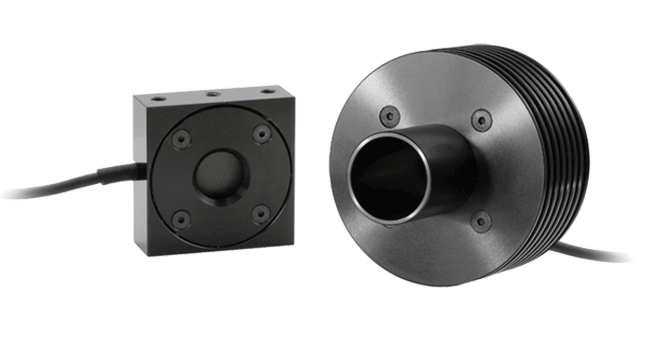 919P Series IR Thermal Detectors
919P Series IR Thermal Detectors
Newport Corporation
The Newport 919P Thermopile Detector Series provides a full range of sensors to meet the power measurement needs for CW or pulsed lasers up to 10.6 um wavelength. They offer broadband, spectrally flat response, with the maximum power range up to 5000 Watts. These sensors are compatible with Newport 843-R series, 1919-R, 843-R-USB, and 1936-R/2936-R power meters.
Visit Website
Request Info
|
|
|
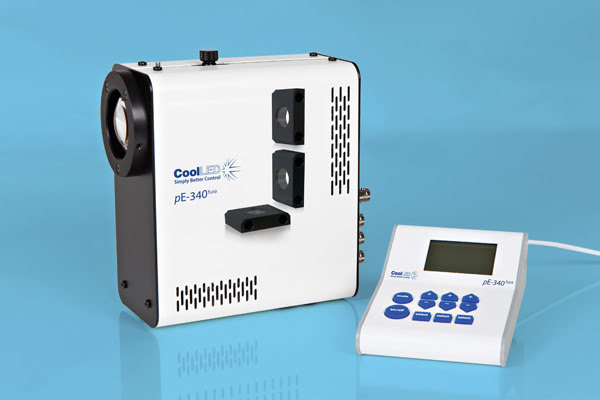 LED Illumination for Fura-2 Calcium Imaging
LED Illumination for Fura-2 Calcium Imaging
CoolLED Ltd.
Through partnership with The University of Strathclyde, CoolLED announces the latest leap forward in LED illumination for microscopy – the pE-340fura. The pE-340fura is a bespoke LED illuminator for Fura-2 imaging which also supports everyday fluorescence microscopy in a compact, affordable package.
Visit Website
Request Info
|
|
|
|
|
|
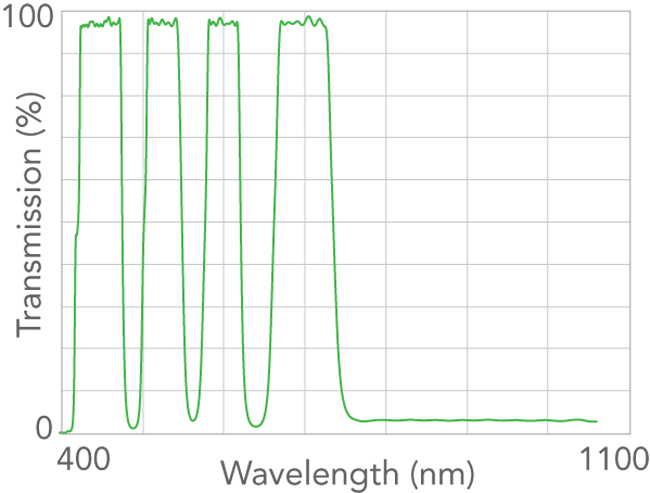 1P/2P Super-Res TIRF Dichroic
1P/2P Super-Res TIRF Dichroic
IDEX Health & Science - Semrock Optical Filters
As multiphoton microscopy has increasingly become the norm within the microscopy community, the need to combine multiphoton and single-photon excitation has risen as a necessity for many emerging protocols.
Visit Website
Request Info
|
|
|
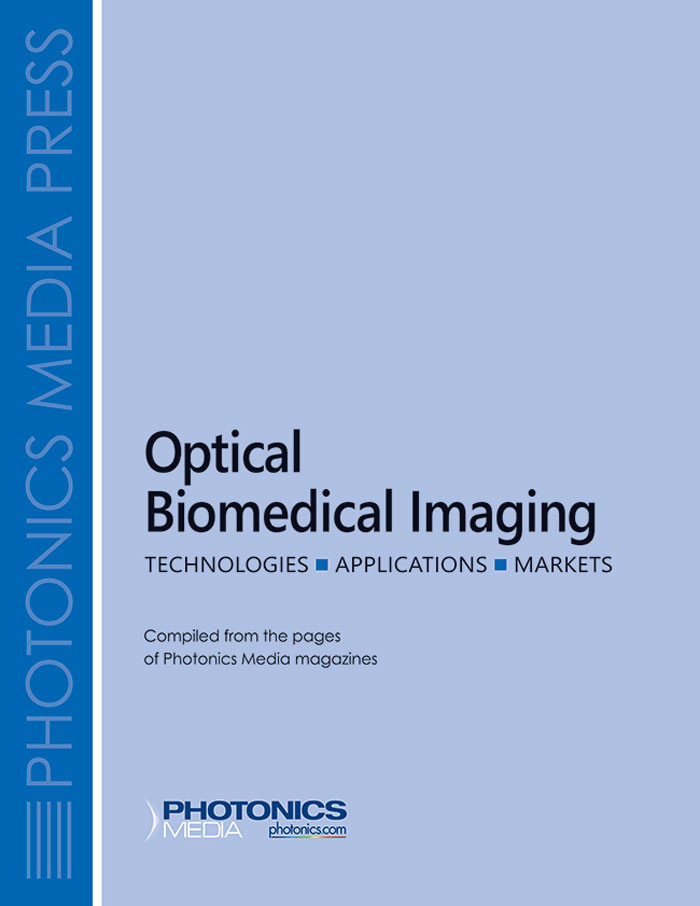 Optical Biomedical Imaging
Optical Biomedical Imaging
Photonics Media
At last, a reference work has been compiled that offers in one place a broad survey of technologies, applications and markets for optical biomedical imaging, as only Photonics Media could produce it. This collection is a practical resource for those engaged in the research and development of relevant technologies.
Visit Website
Request Info
|
|
|
|
|
|
Mobile Device Uses Holographic Analysis, Deep Learning to Detect Parasites
Researchers ave developed an inexpensive, portable platform that can detect motile parasites in bodily fluids rapidly. Using the new platform, more than 3 milliliters (ml) of a bodily fluid sample can be imaged and analyzed within 20 minutes, providing a throughput that is orders of magnitude better than traditional optical microscopy-based examination.
|
|
|
|
|
|
University at Buffalo (UB) researchers have received part of a $1.5 million grant to investigate light therapy as a replacement for prescription opioids in treating oral mucositis, painful ulcers, and swelling in the mouth that result from chemotherapy and radiation treatment for cancer.
|
|
|
|
The Max Planck Florida Institute for Neuroscience (MPFI) and the Germany-based microscopy company ZEISS announced a “labs@location” partnership agreement on Jan. 17. As a “labs@location” partner institution, MPFI will have access to state-of-the-art ZEISS technology before it is commercially available. MPFI is only the third institution in the U.S. to earn the labs@location designation.
|
|
|
|
Quantum Dots Are Making Displays Brighter and Photomedicine Better
Tue, Apr 23, 2019 1:00 PM - 2:00 PM EDT
In this webinar you will learn about the properties that make quantum dots (QDs) so desirable in displays, and the types of QD technologies that are most suitable for displays. It will cover strategies for implementing QDs in displays, challenges facing this technology, and QD-enabled displays in the future. In addition to displays, the use of electroluminescent (EL)-QD devices in photomedicine will also be discussed. This webinar is sponsored by Radiant Vision Systems.
|
|
|
|
Features
Holographic Imaging, Light Therapy, Microscopy, Surface Plasmon Resonance
Photonics Media is currently seeking technical feature articles on a variety of topics for publication in our magazine BioPhotonics. Please submit an informal 100-word abstract to Senior Editor Justine Murphy at [email protected] or use our online submission form www.photonics.com/submitfeature.aspx.
|
|
|
|